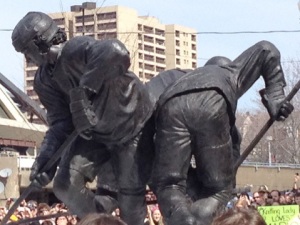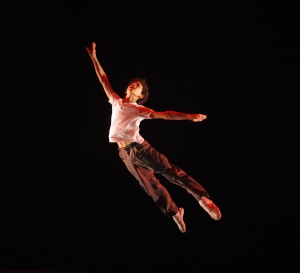Aesthetic Darwinism
We love the arts, and want to preserve them all…or so we think until we realize that we also need to make space for the new. In the process, forms come and go, and some ultimately die out. The process is natural and not necessarily a bad thing unto itself. However, it comes with some difficult questions. Andrew Swensen takes up some of those challenges — the need to cultivate the new, to preserve the old, and to make sure that everyone has a place in the rich world of the arts.
Read on in our latest article, “Aesthetic Darwinism” (click here to read full article).















